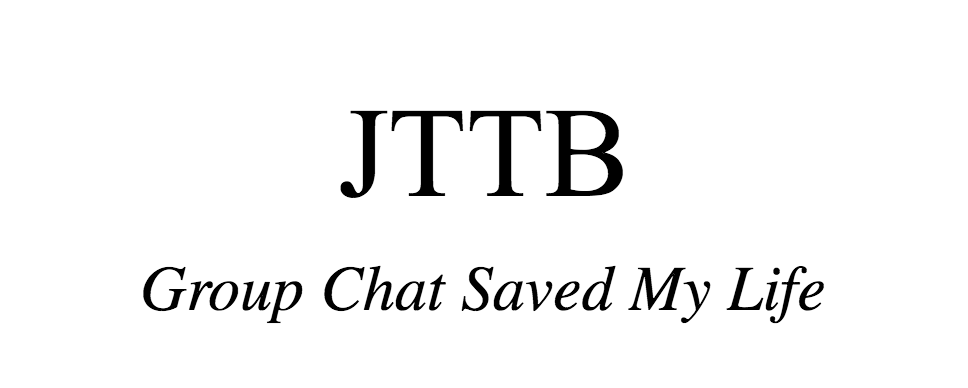WATCHMEN Is So Much More Than A TV Show
It’s a funny situation that I find myself in at present. I could easily write a review of Watchmen and focus solely on what is shown on screen, but I feel that would be doing Damon Lindelof, Special Agent Dale Petey, and most importantly, Trent Reznor and Atticus Ross a great disservice. I want so desperately to dive into the multi-layered masterpiece that Lindelof created over the past few months, yet to wax lyrical about HBO’s Watchmen is verging on cliché at this point. Instead, I would like to focus this piece on the additional material provided to fans of the show, and how this enhances the viewers’ experience.
Firstly, I’ll start by discussing one of the issues most common with viewers – the first few episodes’ apparent lack of relevance to the source material, Alan Moore and Dave Gibbons’ original comic book from 1986.
This lack of relevance is eradicated upon reading HBO’s ‘Peteypedia’, a collection of memos and articles that are written by, link to, or are based on characters within the show’s universe, which was released after every episode. This mirrors the structure of the Comic, in which every chapter ended with an excerpt from a fictional book, newspaper, or magazine. These clippings help explain the ambiguity of what is shown on screen, and hints at future plot points, thereby proving that this extra content is essential for the complete viewing experience. ‘Peteypedia’ also provides its own arc for the fictional scribe, the aforementioned Dale Petey, which is thrown by the wayside onscreen.
Secondly, and most importantly, the soundtrack. Released in three volumes to coincide with episodes 3, 6, and 9 it really captures the essence of the show. For example, where filler ambient tracks usually would be, Reznor and Ross insert audio recordings of pivotal scenes from the show itself, which allow the listener to be invested in the album. Reznor himself has stated in ‘Rolling Stone’ that the music was intended to be “more in-your-face rather than a supporting role in the background.”
This is true. For those who go looking, the music is an additional character. With a limited run of Vinyl being the only physical copy available, it feels more personal. What lies within the sleeve can only be described as extraordinary world-building.
Volume 1 was based on the fictional band ‘Sons of Pale Horse’, and how their album ‘The Book of Rorschach’ was pivotal in the formation of ‘The 7th Kavalry’, the shows’ primary antagonistic force. The band themselves attempted to fight back against the racist cult they inadvertently created, but it was to no avail. (In a nice call-back to the original comic, we learn that ‘Sons of Pale Horse’ were playing at Madison Square Gardens the same night Adrian Veidt dropped a giant squid upon New York City to “prevent nuclear war”). Volume 2 focussed on the show-within-a-show ‘American Hero Story’, exploring the infamous vigilante ‘Hooded Justice’ – without spoiling anything major, this character is not all that he appears to be. Volume 3 is centred on Reznor and Ross themselves, or to be more specific, their more famous band, ‘Nine Inch Nails’, known as ‘The Nine Inch Nails’ within the Watchmen universe, and how their album ‘The Manhattan Project’ has had a negative effect on the youth, in particular Dale Petey.
To conclude, a ground-breaking TV show is only ground-breaking if every element works, and the amount of effort and detail put into Watchmen’s additional content makes this the case. However, the show is not perfect. I felt the pace of the finale was rushed, and the complicated political debate created by episodes 1-6 was made too simple by the close of episode 9.
Everything felt tied together in too neat a bow, but that’s me clutching at straws to find a negative about this phenomenal show. Not everyone will be pleased, but, after all, you can’t make an omelette without breaking a couple eggs.

